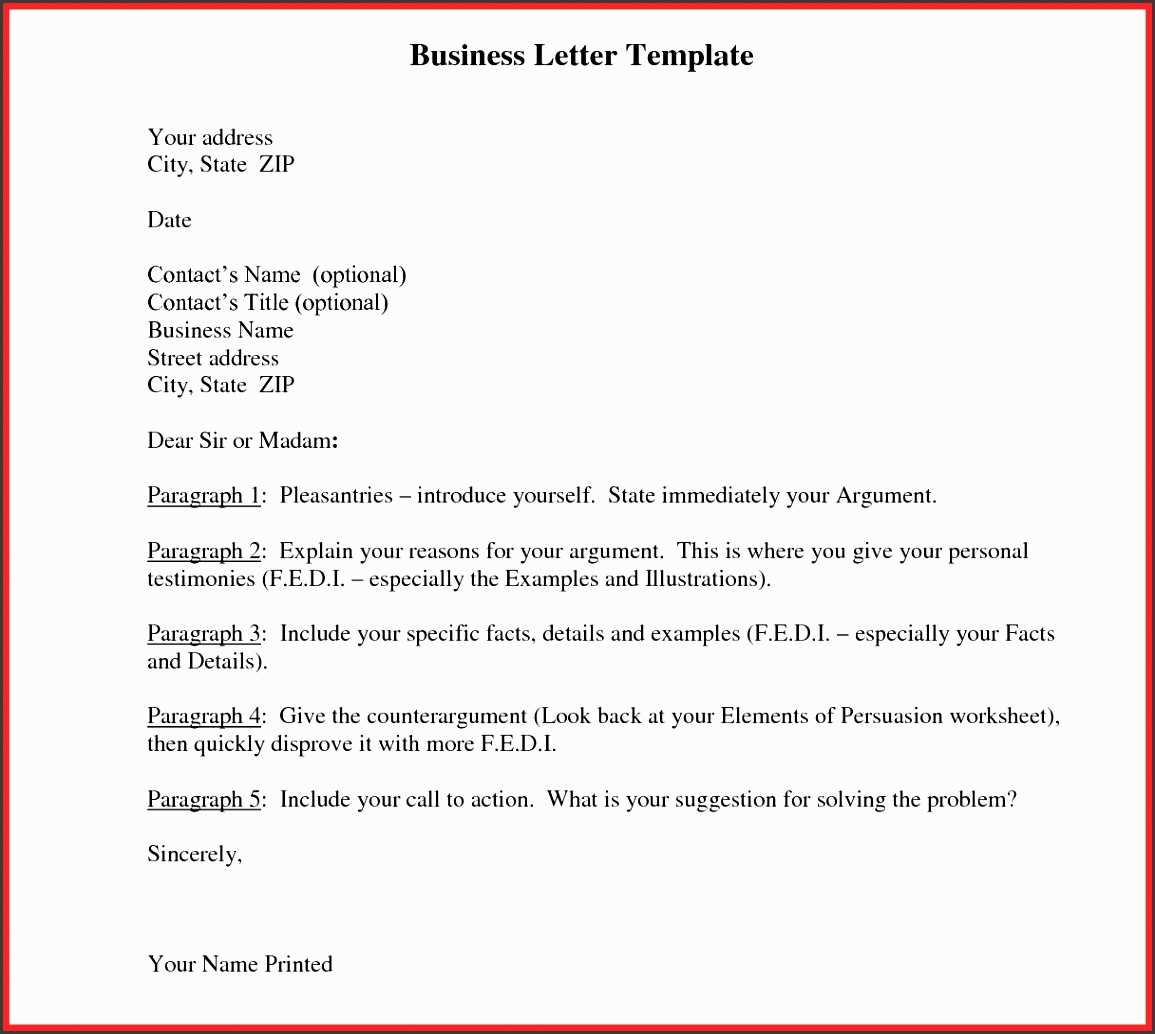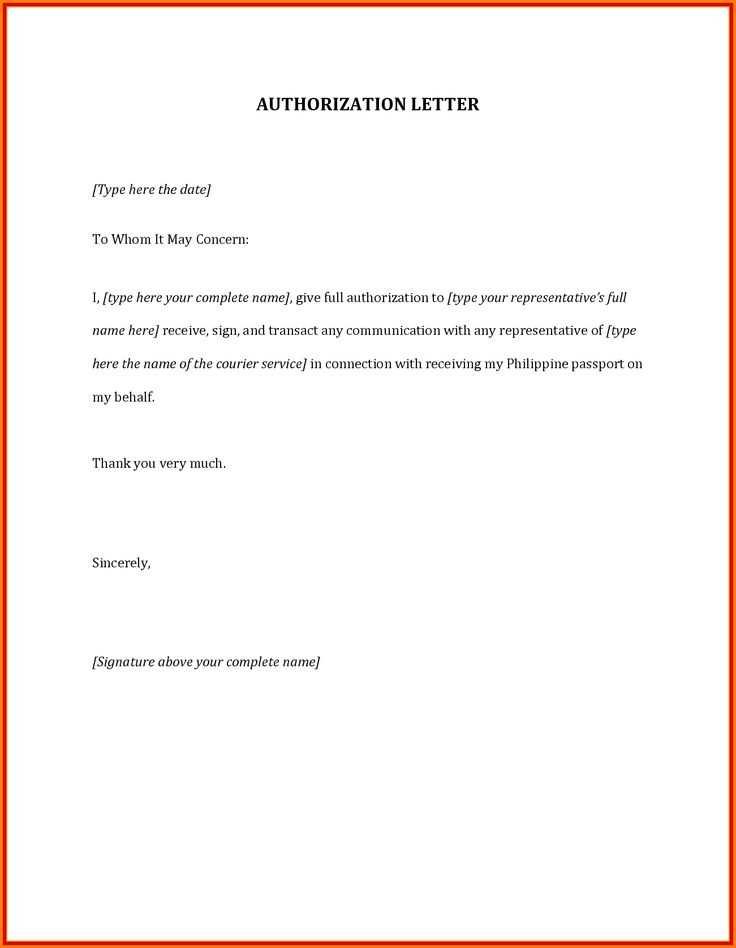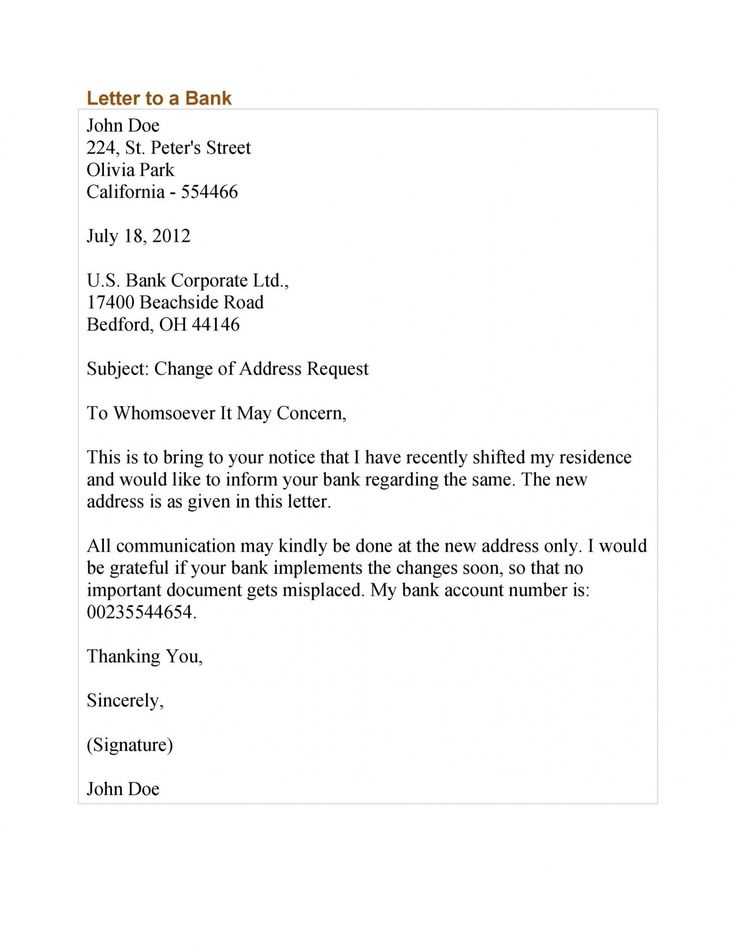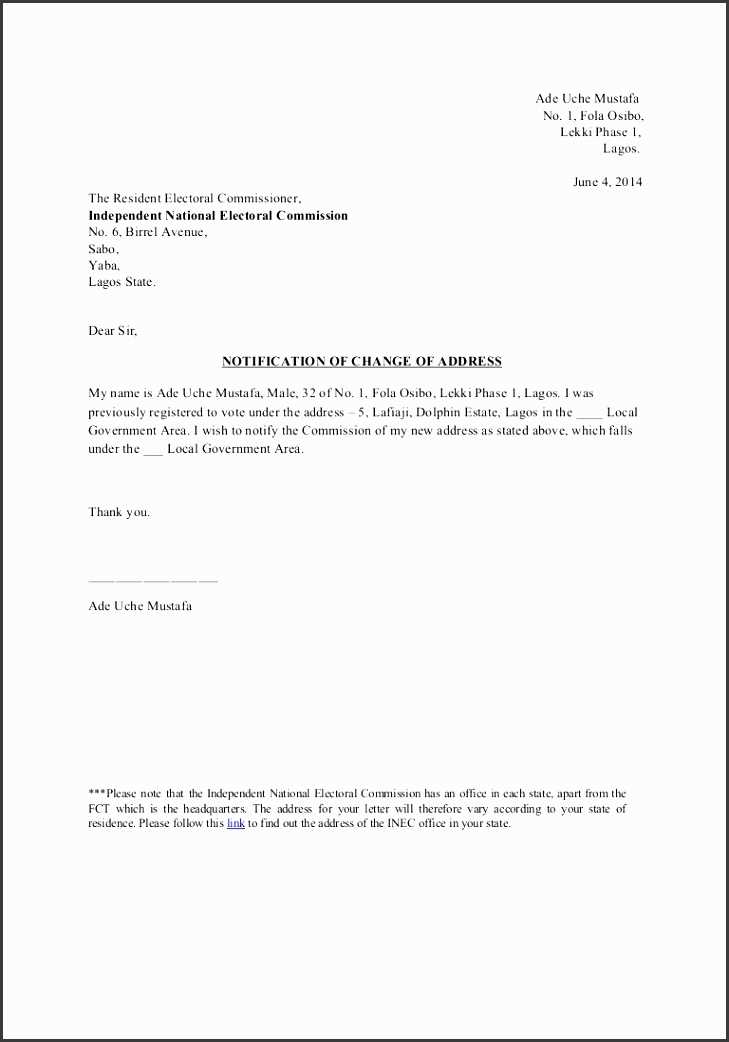Change of Role Letter Template for Professional Transitions

In many professional environments, employees may find themselves transitioning to new responsibilities or positions within the same organization. This shift requires clear communication, particularly when informing colleagues, supervisors, or human resources. Crafting an effective notice about this transition is key to maintaining a positive relationship and ensuring a smooth adjustment period. Below is a guide to help you construct a thoughtful message for such a situation.
Key Components of a Transition Notification
When composing this kind of message, it is crucial to include specific details that explain the shift, address any changes in duties, and express gratitude for the opportunity. Some essential elements include:
- Introduction of the Change: State the purpose of the communication early on, making it clear that a transition is taking place.
- Reason for the Shift: While not always necessary, briefly mentioning the reason behind the change can help recipients understand the situation better.
- New Responsibilities: Highlight what new tasks or duties will be undertaken, offering clarity on how the employee’s role will evolve.
- Express Gratitude: Acknowledge past experiences and the support received in the current role, showing appreciation for those involved in the process.
Making the Message Professional and Respectful

While the content of the message is important, how it is written matters too. Ensure that the tone remains respectful and professional throughout. Avoid overly casual language or expressions that might come across as insincere. The goal is to convey information clearly and respectfully while maintaining a positive image of the organization and yourself.
Common Pitfalls to Avoid
One of the most common mistakes is not providing enough context. Failing to explain the change clearly can leave the reader confused. Additionally, using overly complex language or jargon might alienate the reader, so it’s best to keep the language simple and direct. Lastly, avoid being too vague; clarity is essential.
Personalizing the Message

Tailoring the message to the recipient is another important aspect of an effective notification. If the communication is directed at a supervisor, focusing on gratitude and explaining how the new position will contribute to the organization’s goals is crucial. For colleagues, you might want to emphasize how the change will affect team dynamics or collaboration.
In summary, a well-crafted notification about a shift in responsibilities is an essential tool for managing transitions smoothly. By including key details, maintaining professionalism, and personalizing your message, you can ensure that the message is received positively and contributes to a smooth transition period.
Understanding the Transition Announcement and Its Importance
When an individual is moving to a different position or set of responsibilities within a company, it’s vital to communicate this change effectively. A well-constructed message helps inform relevant parties, ensures a smooth transition, and maintains professional relationships. Crafting such a notice requires attention to detail, clarity, and an understanding of the communication’s purpose.
Key Aspects of an Effective Notification

There are several key elements that should be present in any transition notification. These include a clear explanation of the change, the reason behind it, any new responsibilities or tasks, and gratitude for past experiences. Providing these details ensures that the recipient understands the context and the individual’s evolving role within the organization.
Important Tips for Crafting a Professional Message
To create a polished and professional communication, it’s essential to adopt a tone that is respectful and clear. Using formal language and being precise in your explanation can help convey your message effectively. Ensure the message is brief but informative, highlighting the main points without being overly wordy.
Common Mistakes to Avoid in Your Transition Announcement
One of the biggest errors in such communication is lack of clarity. Failing to properly explain the transition can leave the recipient confused. Additionally, overly casual language or vague statements can come across as unprofessional. Ensure that you avoid jargon or unnecessary details that could distract from the main points.
Personalizing the Transition Message
Adapting your message for the recipient is an important aspect of crafting an effective notification. For supervisors or HR, focus on how the transition will benefit the company or department. For colleagues, emphasize how the change will affect daily operations or team dynamics. Tailoring your message shows consideration and ensures the right tone for the specific audience.